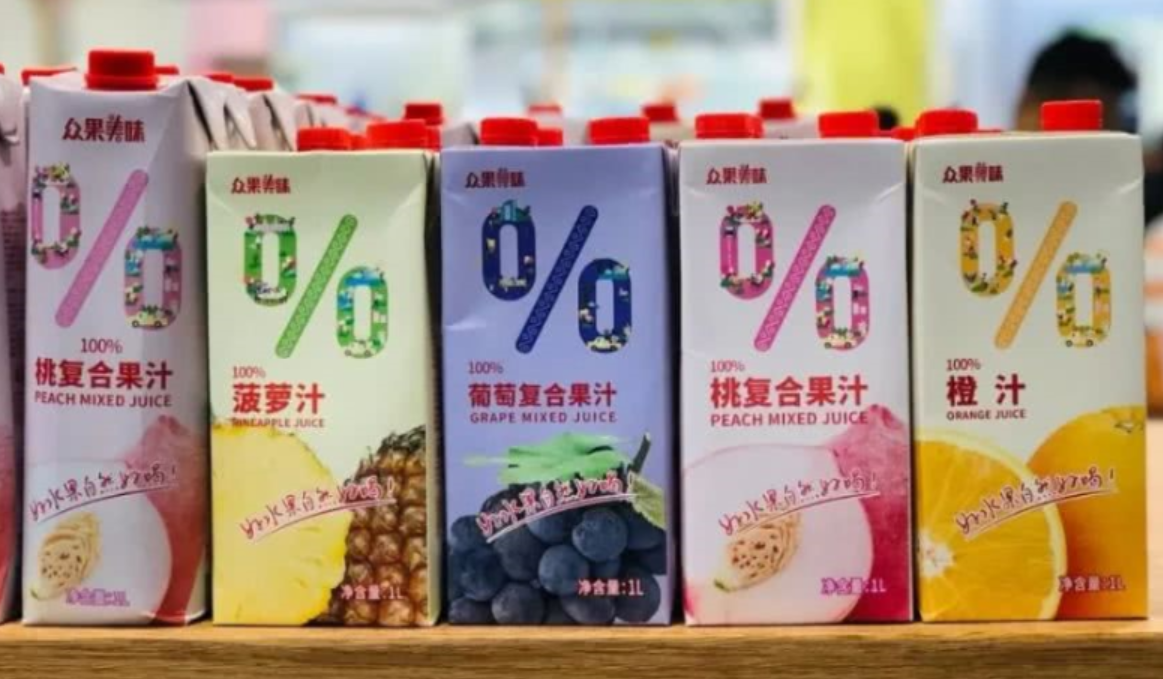In a broad sense, aseptic packaging refers to the sealed and sterilized capacity of aseptic food and beverage products in an aseptic environment.
The pre-sterilized container and sterile environment are specially designed to prevent bacterial infection. The disinfection process can eliminate microorganisms that can cause spoilage of the filling. Aseptic packaging was invented and first by Tetra Pak in the 1950s and was widely used in the dairy industry. Since then, the downstream applications of aseptic packaging have expanded to fruit juices, beverages, ingredients, soup, soup, cream, tomato sauce and wine.

Aseptic packaging refers to a liquid carton made of liquid packaging cardboard, polyethylene and aluminum foil, mainly used for milk, yogurt, dairy beverages and other liquid dairy products like vegetable juices, ready-to-drink tea and ready-to-drink coffee, and other non-carbonated drinks. Other applications include liquid foods such as creams, soups and sauces. Aseptic packaging includes bricks, pillows, polygons and gable tops and other shapes, ranging in size from 125ml for individual size to the 1000 ml for family size.
In the larger beverage packaging market, aseptic packaging coexists with hard plastic, glass, metal cans and flexible packaging. Competing with other packaging forms, the aseptic package has the following advantages:
The pre-sterilized container and sterile environment are specially designed to prevent bacterial infection. The disinfection process can eliminate microorganisms that can cause spoilage of the filling. Aseptic packaging was invented and first by Tetra Pak in the 1950s and was widely used in the dairy industry. Since then, the downstream applications of aseptic packaging have expanded to fruit juices, beverages, ingredients, soup, soup, cream, tomato sauce and wine.

Aseptic packaging refers to a liquid carton made of liquid packaging cardboard, polyethylene and aluminum foil, mainly used for milk, yogurt, dairy beverages and other liquid dairy products like vegetable juices, ready-to-drink tea and ready-to-drink coffee, and other non-carbonated drinks. Other applications include liquid foods such as creams, soups and sauces. Aseptic packaging includes bricks, pillows, polygons and gable tops and other shapes, ranging in size from 125ml for individual size to the 1000 ml for family size.
In the larger beverage packaging market, aseptic packaging coexists with hard plastic, glass, metal cans and flexible packaging. Competing with other packaging forms, the aseptic package has the following advantages:
- Extend the shelf life and use the product to maintain up to one year.
- Available at reduce storage and transportation costs without refrigeration.
- The rectangle structure does not take up as much space as PET bottles, metal cans and most glass, which reduces logistics and storage costs.
